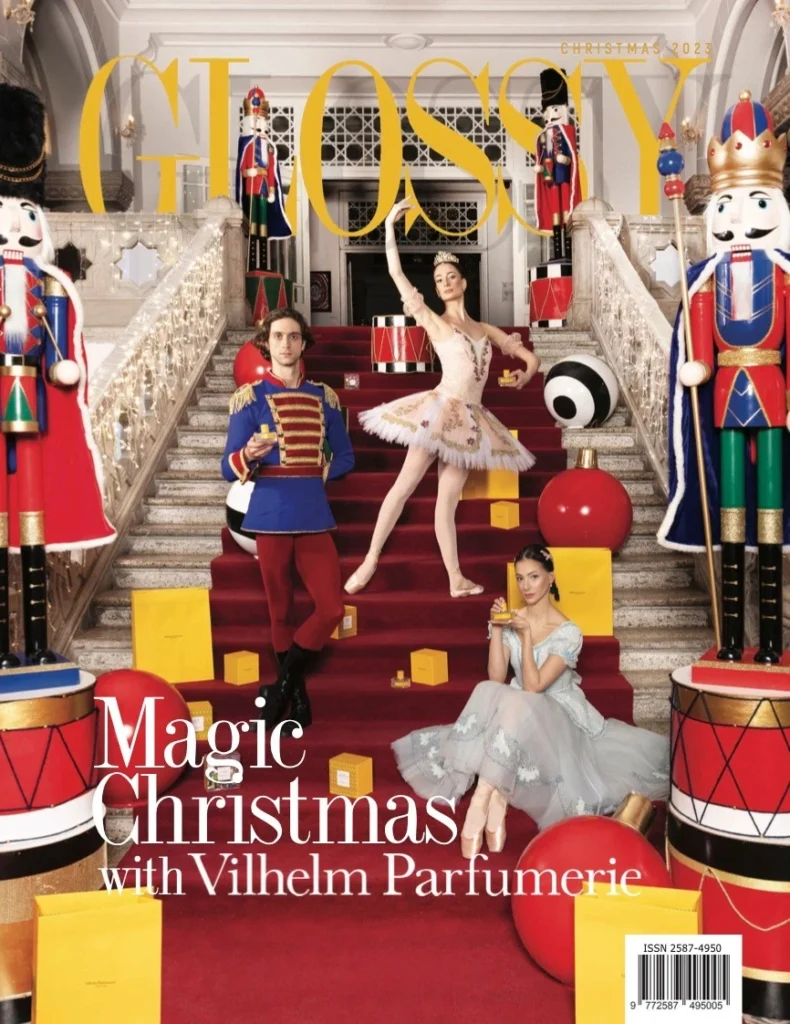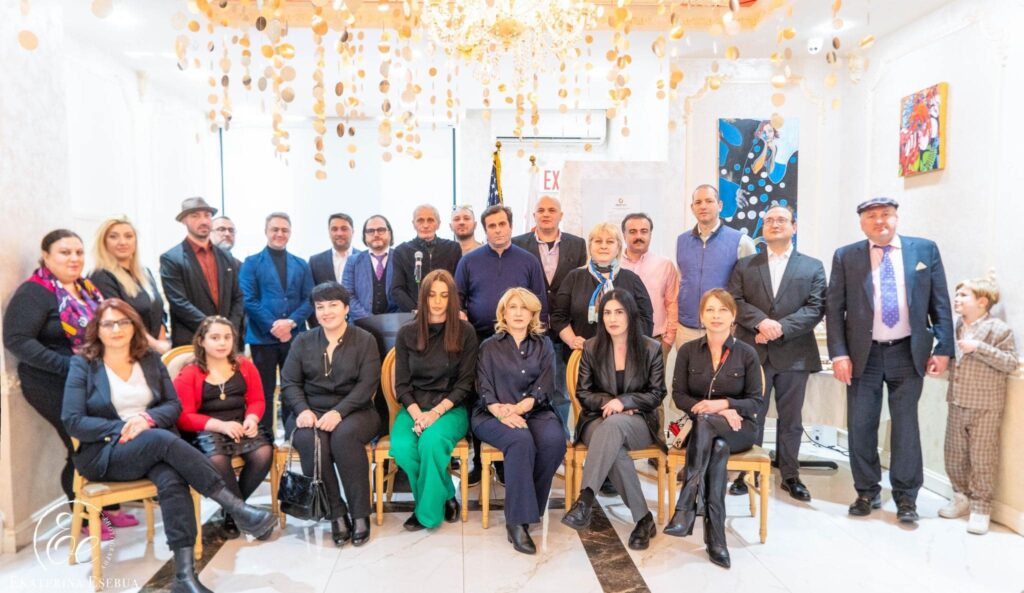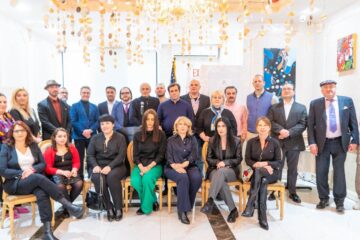Grigol was born in 1883, in the village of Tkhmori, to a peasant family. He received his primary education from the village priest. When he turned 10, he left home and headed to Borjomi, where he joined his older brother at a glass factory. He spent four years working there. His diligence quickly brought him authority and he rapidly got to know every technique employed by the factory in great detail. He also revealed a knack for invention, coming up with a way to significantly boost the factory’s output. The owner of the factory, a German by the last name of Schumann, introduced the young man to the owner of Borjomi, Mikheil Mukhran-Batoni himself. After receiving numerous accolades and a stipend, Grigol was sent to the Krasnodar province, to work at the Konstantinovka glass factory. It was there that he met Dasha Nodvikova, whom he later married.
He was the Georgian king of construction technology who invented super-hard glass blocks and water-resistant concrete used for building skyscrapers.
In 1907, Kobakhidze moved to Germany and later to Britain. By 1909 he was already in America, where an association of fellow countrymen helped the 26-year-old newcomer find a job. He spent nine years working for General Electric, accumulating capital. He did not abandon his inventive habits, patenting several fountain pens. He had a small business selling these pens, along with other stationery. In 1919, he founded a large factory in the city of Attleboro, Massachusetts. By 1922, Coby Glass Products Company had firmly established itself among the top industrial players of the Eastern United States. In 1929 its turnover comprised $15 million (today’s equivalent of $204 million) with an annual income of $4 million ($54 million).
Grigol’s company manufactured medical, chemical, construction and 45 other types of goods as well as raw materials. The products were considered among the best due to his employment of constantly improving technology. Despite his status as a millionaire, Grigol was far from resting on his laurels: He patented more than 60 inventions and techniques, which brought his company even more prestige. A special order by Giorgi Machabeli only served to magnify Grigol’s success – a perfume flask, shaped in the likeness of Georgian Queen’s personal insignia – a golden wreath with a small cross on top. Aircraft designer Alexander Kartvelishvili’s order of heavy-duty glass for pilot cockpits was also noteworthy.
Grigol, however, wasn’t all about business. He was obsessed with restoring Georgia’s independence by returning there and serving his country. But in years 1919-21 his business was just taking its first steps. After the Soviet Union annexed Georgia, he didn’t abandon the idea of helping his country, offering the Kremlin a giant glass factory project which would allow many Georgians to become employed. He was asked to provide an investment in advance, but he refused, not trusting the Bolsheviks with his money. They did not agree to let him oversee the project personally, as he originally intended, so he was forced to abandon the idea.
He returned to Georgia anyway in 1925, retracing the path that he walked as a boy 33 years prior. He built a house for a family who let him stay for the night and took care of him. He brought his mother gifts worth 10,000, just as he had promised. He helped many families in need, built a school and a pharmacy for his native village, erected two bridges over the river, repaired a church and provided traders with goods. But very soon his nephew arrived from Tbilisi bringing news about Bolsheviks declaring a manhunt for him, so he had to flee both his native village and the country.
“In 1925 the Georgian chemist was considered to be one of the richest men in the U.S. At that time, George Coby was unanimously named,“King of the American Chemical Industry”
Two of Coby’s greatest inventions were water-resistant concrete and super-hard glass block. In the beginning of the 1920s he came up with a formula for concrete that resisted the erosion caused by moisture. Later he introduced some radical changes to the composition of an ordinary brick, creating a glass block, which proved perfect for covering buildings, since it gave them a reflective sheen. These two inventions transformed the American construction industry. In the 1930s they were used on the Chrysler Building, New York City’s famous skyscraper.
Needless to say, this made George Coby a multimillionaire. In 1925 the Georgian chemist was considered to be one of the richest men in the U.S. At that time, George Coby was unanimously named “King of American Chemical Industry.”
His triumph was short-lived, however, because he went bankrupt during the economic crisis of 1929-30, but he didn’t lose heart. Instead, he opened a store near his home that sold small glass items, many of which he made himself.
When the U.S. joined the Second World War in 1941, Grigol asked the government for financial assistance to restore his business. After a brief analysis of his crumbled empire, he was given a license and two million dollars, which allowed him to not only rebuild and re-launch his factories but to become even richer than he was before. Remarkably, the first thing he did with his newfound (for the second time now) wealth was to open a toy store and a network of soup kitchens to feed the homeless.
“Boxes bearing the colors of the Georgian flag had an inscription ‘Coby. Glass Christmas tree ornaments. ‘Christmas is Coby!’ written on them in both English and French, since they were shipped to Canada as well”
After the war, he came up with new inventions – electric candles and twinkling lights. Filled with colored liquid, garlands of tiny lamps lit up, pulsated and moved when plugged into an electric socket. Back then, Christmas trees were adorned with real candles, which frequently caused fires, so his invention instantly found demand. Later on he began making lamps and candles out of colored glass, ending the need for colored liquid and making them even safer. He also utilized colored glass for toys of various shapes, naming them ”ornaments”. These toys frequently bore Georgian motifs, such as grapes or grapevine leaves. Boxes bearing colors of the Georgian flag had an inscription: “Coby. Glass Christmas tree ornaments. ‘Christmas is Coby!’ written on them in both English and French, since they were shipped to Canada as well.
Grigol Kobakhidze didn’t have any children and Soviet repression exterminated almost all of his relatives. He refrained from contacting those who remained, afraid that it would bring about more repression. Since he couldn’t find any Georgians who would be interested in his business, he chose the Paglia brothers from Italy as business companions, who ended up continuing his work after his death.







